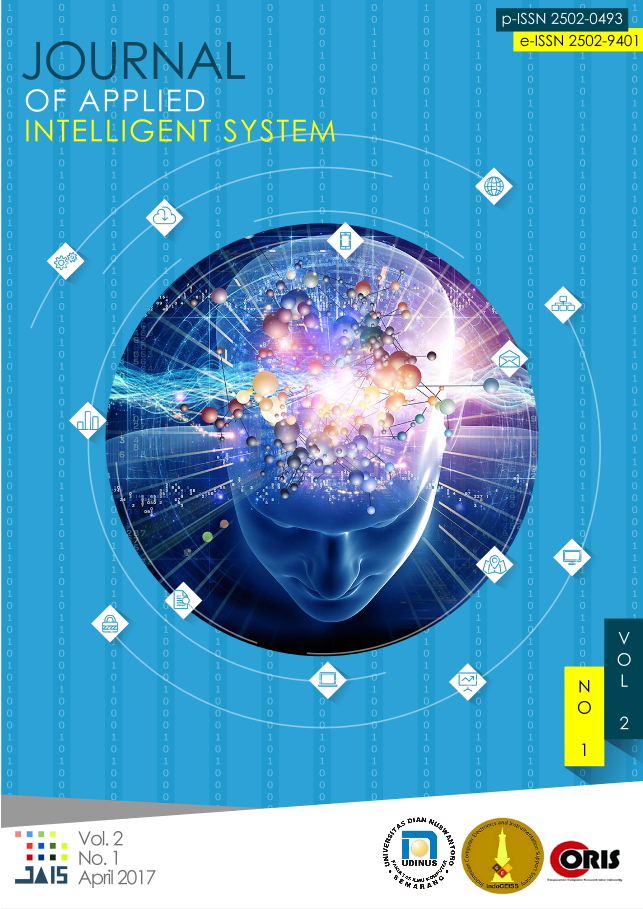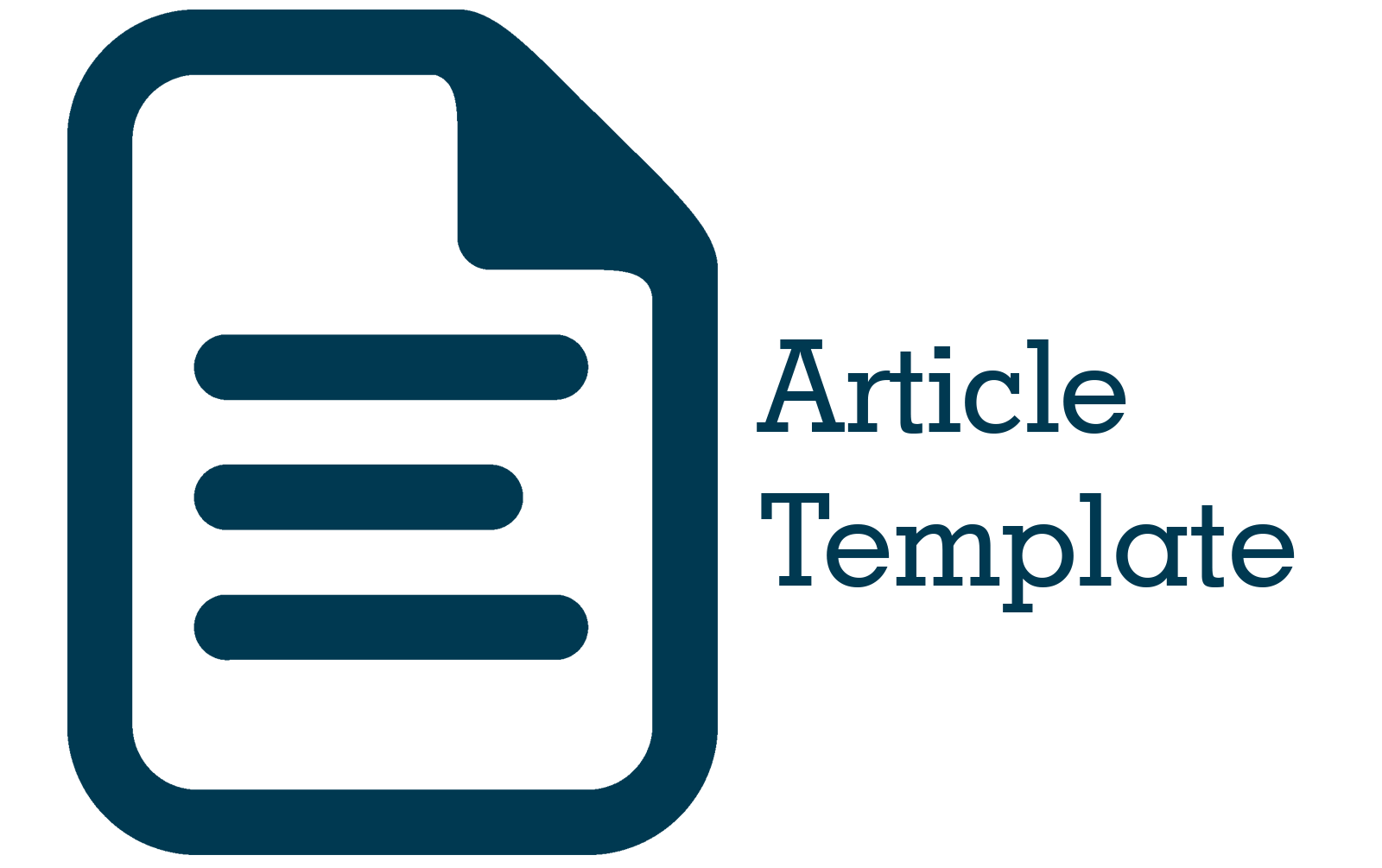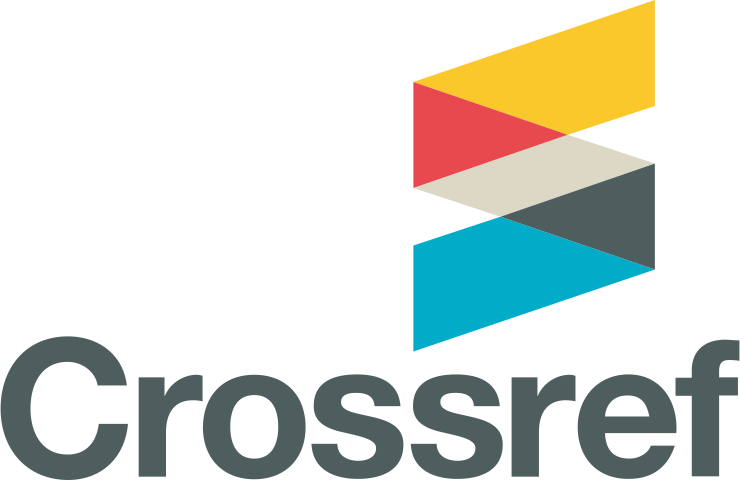Secure Image Steganography Algorithm Based on DCT with OTP Encryption
DOI:
https://doi.org/10.33633/jais.v2i1.1330Abstract
Rapid development of Internet makes transactions message even easier and faster. The main problem in the transactions message is security, especially if the message is private and secret. To secure these messages is usually done with steganography or cryptography. Steganography is a way to hide messages into other digital content such as images, video or audio so it does not seem nondescript from the outside. While cryptography is a technique to encrypt messages so that messages can not be read directly. In this paper have proposed combination of steganography using discrete cosine transform (DCT) and cryptography using the one-time pad or vernam cipher implemented on a digital image. The measurement method used to determine the quality of stego image is the peak signal to noise ratio (PSNR) and ormalize cross Correlation (NCC) to measure the quality of the extraction of the decrypted message. Of steganography and encryption methods proposed obtained satisfactory results with PSNR and NCC high and resistant to JPEG compression and median filter. Keywords—Image Steganography, Discrete Cosine Transform (DCT), One Time Pad, Vernam, Chiper, Image CryptographyReferences
O. Cetin dan A. T. Ozcerit, “A new steganography algorithm based on color histograms for data embedding into raw video streams,†Computers & Security, vol. XXVIII, no. 7, p. 670–682, 2009.
T.-H. Lan dan A. H. Tewfik, “A Novel High-Capacity Data-Embedding System,†IEEE Transactions on Image Processing, vol. XV, no. 8, pp. 2431-2440, 2006.
P. Patel dan Y. Patel, “Secure and authentic DCT image steganography through DWT –SVD based Digital watermarking with RSA encryption,†dalam Fifth International Conference on Communication Systems and Network Technologies, Gwalior, 2015.
B. G. Banik dan S. K. Bandyopadhyay, “Implementation of Image Steganography Algorithm using Scrambled Image and Quantization Coefficient Modification in DCT,†dalam International Conference on Research in Cumputational Intelligence and Communication Networks., 2015.
M. Gunjal dan J. J. , “Image Steganography Using Discrete Cosine Transform (DCT) and Blowfish Algorithm,†International Journal of Computer Trends and Technology, vol. XI, no. 4, pp. 144-150, 2014.
S. T, “A Secure DCT Image Steganography based on Public-Key Cryptography,†International Journal of Computer Trends and Technology (IJCTT), vol. IV, no. 7, pp. 2039-2043, 2013.
O. Tornea, M. E. Borda, V. Pileczki dan R. Malutan, “DNA Vernam Cipher,†dalam International Conference on E-Health and Bioengineering, Iaşi, 2011.
B. Schneier, Applied Cryptography: Protocols, Algorithms, and Source Code in C, John Wiley & Sons Inc, 1996.
A. Bovik, The Essential Guide to Image Processing, Texas: Elsevier Inc., 2009.
J. Huang, Y. Q. Shi dan Y. Shi, “Embedding Image Watermarks in DC Components,†IEEE Transactions on Circuits and Systems for Video Technology, vol. 10, no. 6, pp. 974 - 979, September 2000.
R. Shukla, H. O. Prakash, R. Bhushan, S. Venkataraman dan G. Varadan, “Sampurna Suraksha: Unconditionally Secure And Authenticated One Time Pad Cryptosystem,†dalam International Conference on Machine Intelligence Research and Advancement, Katra, 2013.
E. Lehmann dan G. Casella, Theory of Point Estimation, 2nd penyunt., G. Casella, S. Fienberg dan I. Olkin, Penyunt., New York: Springerr Verlac, 1998.
A. Al-Haj, “Combined DWT-DCT Digital Image Watermarking,†Journal of Computer Science, vol. 3, pp. 740-746, September 2007.
P. Singh, S. Shivani dan S. Agarwal, “A Chaotic Map Based DCT-SVD Watermarking Scheme For Rightful Ownership Verification,†dalam Students Conference on Engineering and Systems (SCES), Allahabad, 2014.
G. K. Wallace, “The JPEG still picture compression standard,†IEEE Consumer Electronics Society, vol. 38, no. 1, pp. 18-34, February 1992.
Downloads
Published
Issue
Section
License
- Authors retain copyright and grant the journal right of first publication with the work simultaneously licensed under a Creative Commons Attribution License that allows others to share the work with an acknowledgment of the work's authorship and initial publication in this journal.
- Authors are able to enter into separate, additional contractual arrangements for the non-exclusive distribution of the journal's published version of the work (e.g., post it to an institutional repository or publish it in a book), with an acknowledgment of its initial publication in this journal.
- Authors are permitted and encouraged to post their work online (e.g., in institutional repositories or on their website) prior to and during the submission process, as it can lead to productive exchanges, as well as earlier and greater citation of published work (See The Effect of Open Access).












